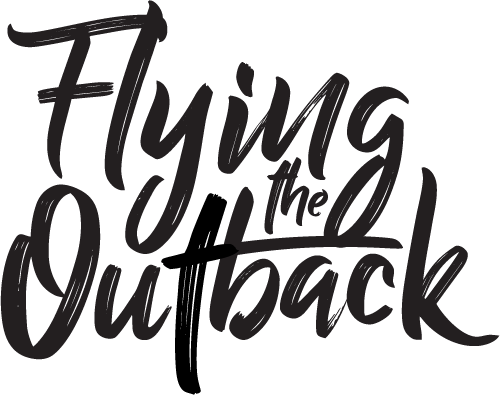Whilst flying yourself around the Australian outback is arguably the most fun you're likely to have sitting down, there is a serious side to the whole adventure. In between all these fabulous cattle stations, resorts, one-horse towns and old pubs, there are a lot of miles, and with that may come the unmistakable feeling of isolation.
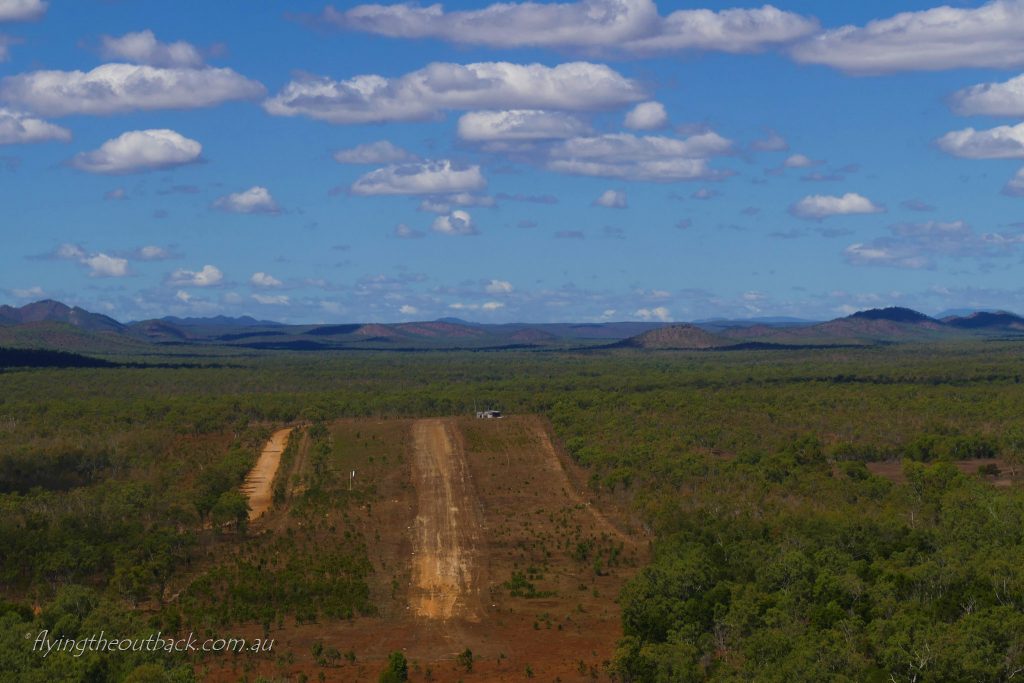
Some time ago, I asked my great mate and veteran aviator, Jim Davis, to come onboard and share some of his wisdom about staying alive in the outback. Check out Jim's tips here.
You can be flying for an hour over some parts of our interior and not come across a single recognisable landmark to help with your navigation and all you’ll be wishing for is a spot on your marked track where you can confidently draw a big black positive position fix. Welcome to remote flying.
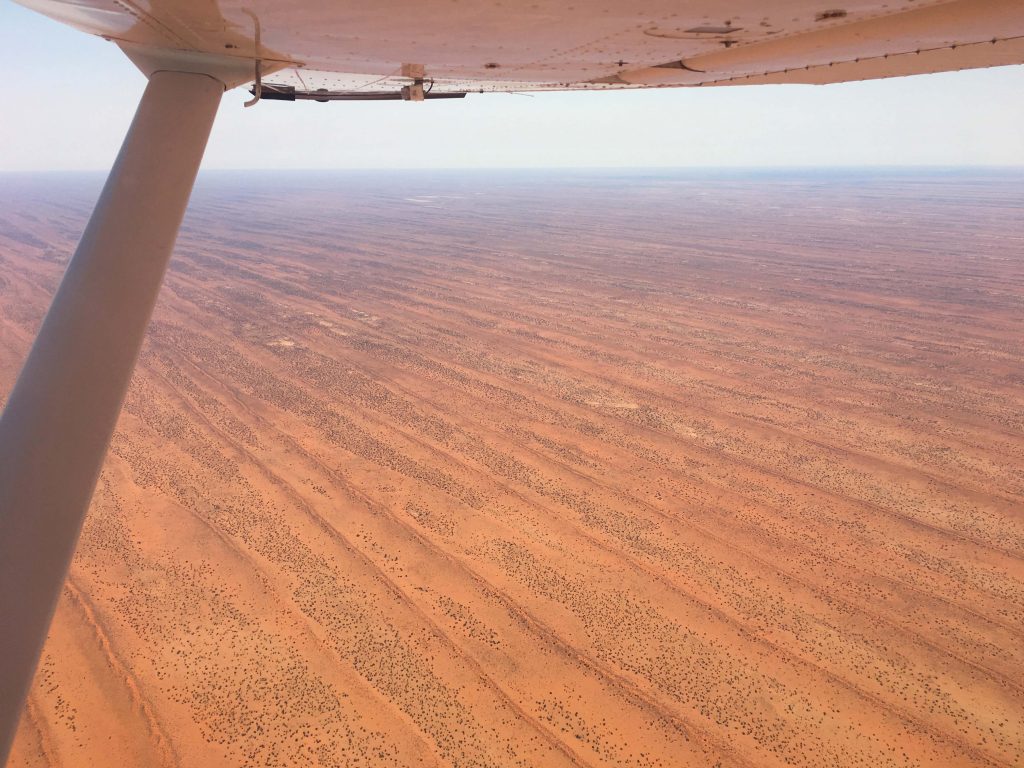
You just have to look at the chart between, say, Giles Met Station in Western Australia’s Gibson Desert and Newman in the Pilbara – and you’ll see there’s not much action apart from the Canning Stock Route and Lake Disappointment in the distance. North of the Nullarbor isn’t overflowing with navigational highlights either, but as long as you’re prepared, there’s no reason to miss out on seeing such unique landscape.
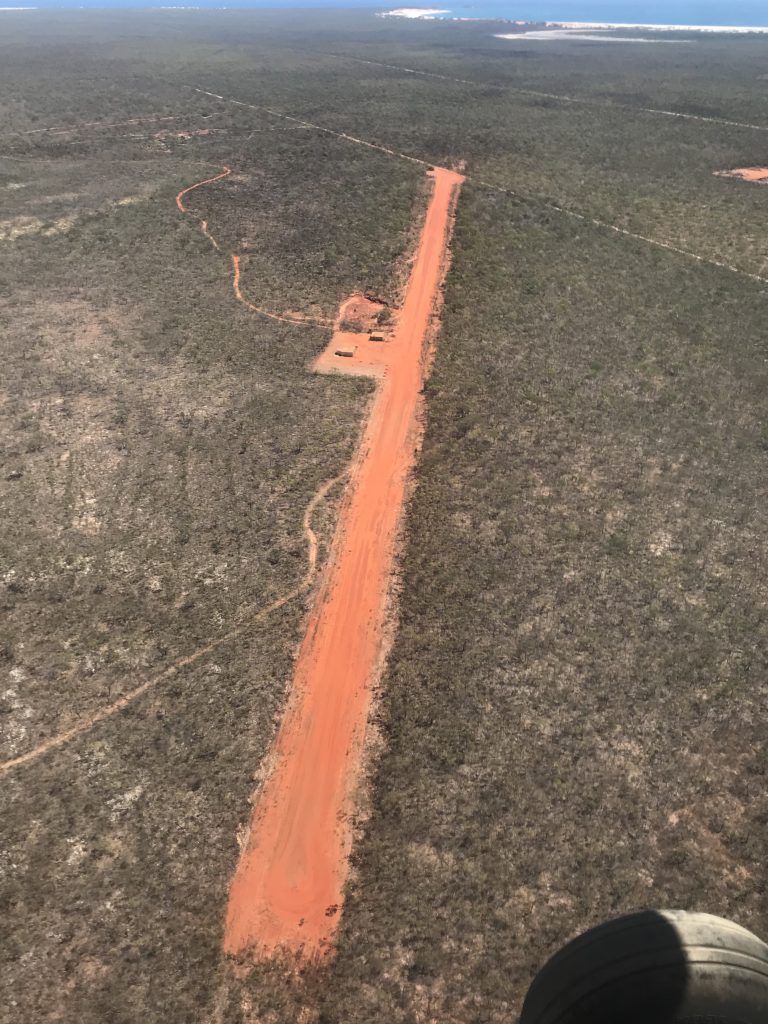
Cygnet Bay lies at the top of the Dampier Peninsula on the Kimberley coast. Just because it's close to the sea doesn't make it any less of a remote strip. My advice to all inexperienced pilots heading for the outback is to jam that pride right back in your pocket and seek every single bit of training and advice from the experts that you can lay your hands on. I’m always asking questions of those more experienced than me; I don’t think I’ve ever landed at the end of a day’s flying out here without having learnt something else I didn’t know.
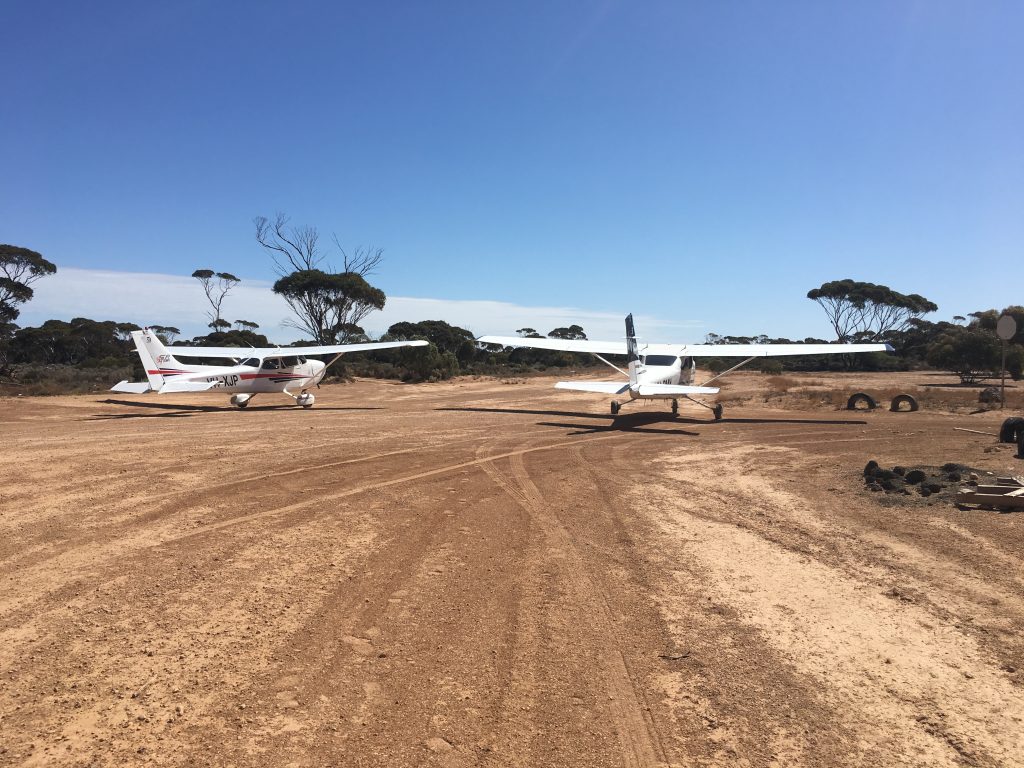
I’m not suggesting be intimated, just be prepared.

So, do please settle in and get on the receiving end of these practical tips on outback flying from veteran aviator and instructor, Jim Davis.
